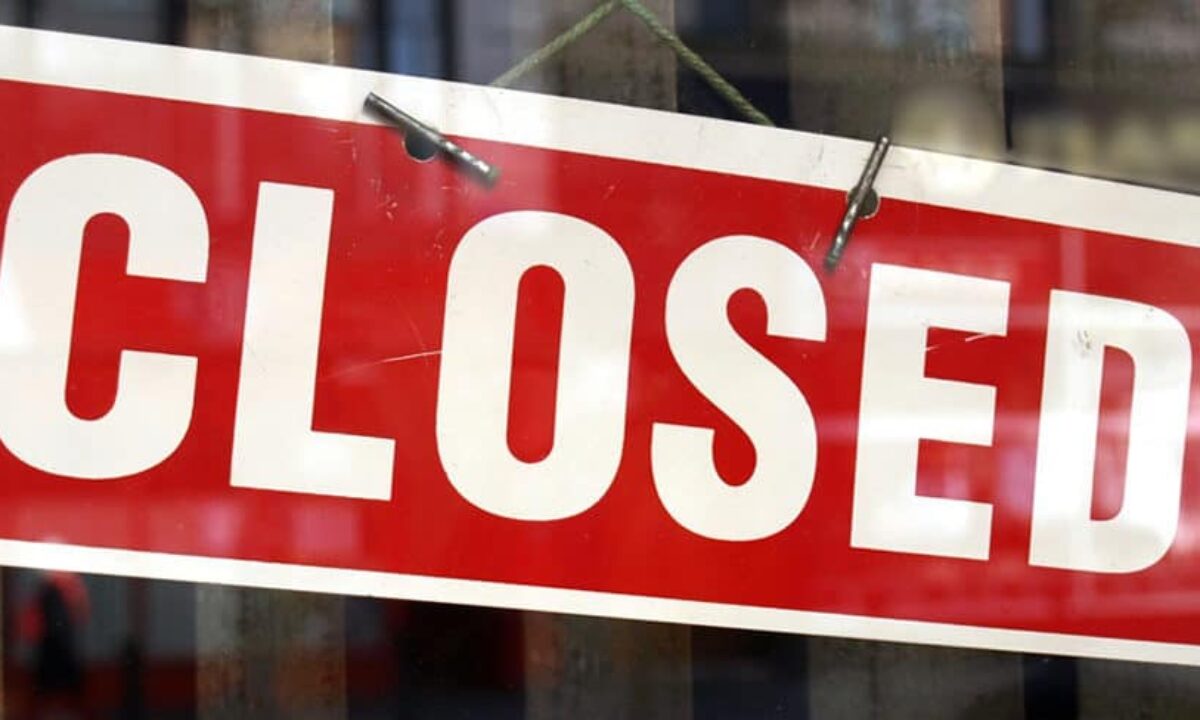The Definitive Guide to Company Liquidation
The Definitive Guide to Company Liquidation
Blog Article
Company Liquidation Fundamentals Explained
Table of ContentsTop Guidelines Of Company LiquidationNot known Incorrect Statements About Company Liquidation The 9-Second Trick For Company LiquidationCompany Liquidation Fundamentals ExplainedThe Ultimate Guide To Company Liquidation
A liquidator is specifically appointed to supervise the ending up of a business's events in order for it to be closed down typically when the company is declaring bankruptcy. The liquidator is an unbiased 3rd event who looks after the sale of business properties in order to pay off any arrearages.Their duty consists of, yet is not restricted to: Impartial Overseer: A liquidator is entrusted with acting as an unbiased 3rd party to supervise the entire company liquidation procedure. Develop Declaration of Affairs: Liquidators need to develop a thorough statement of affairs record. This file is dispersed to creditors, describing the present monetary standing of the organization at the time of its liquidation.
After the liquidation of a business, its existence is gotten rid of from Business House and it discontinues to be a legal entity. If directors browsed the process without concern, there would be no penalties or individual liability for strong financial obligations expected. Currently, with a fresh start, supervisors can check out new organization chances, though expert assessment is advisable.
Some Ideas on Company Liquidation You Need To Know
If even more than 90% of all firm investors concur, liquidation can take area on brief notification within 7 days, the minimal legal notification for financial institutions. Usually, the larger the liquidation and the even more properties and resources the organization has, the longer the procedure will certainly take.

We recognize that no two firms are the exact same, which is why we will certainly make the effort to learn more about your business so we can recommend the most effective strategy for you. We only operate in your benefits, so you can be entirely certain in the solution we supply.
Unknown Facts About Company Liquidation
In the UK, there is a set process to shutting down or restructuring a limited firm, whether it is solvent or financially troubled. This process is known as liquidation and can just be dealt with by look at here now a certified insolvency practitioner (IP) based on the Insolvency Act 1986. There are 4 primary kinds of business liquidation process: Lenders' Voluntary Liquidation (CVL); Required liquidation; Administration; and Participants' Voluntary Liquidation (MVL).

In these scenarios, it is essential that the company discontinues trading; if the service remains to trade, the supervisors might be held personally responsible and it could cause the insolvency practitioner reporting wrongful trading, recognized as misfeasance, which may result in lawsuit. The directors appoint a bankruptcy practitioner and as soon as this has been concurred and confirmed, there is a conference with the investors.
Of program, if there are no investors, this action of the process is not needed (Company Liquidation). The IP takes control of the firm and starts the company liquidation process. The supervisors are no more associated with what takes place, consisting of the sale of the firm's possessions. If the directors desire any of the possessions, they can alert the IP.
8 Easy Facts About Company Liquidation Shown
The primary distinction is that the company's lenders used to the court for an ending up order which forces the financially troubled company into a liquidation procedure. In many cases, creditors take this action as a last option since they haven't obtained settlement via various other kinds of settlement. The court designates an insolvency professional, additionally referred to as an official receiver, to perform the obligatory company liquidation procedure.
This kind of firm liquidation is not voluntary and supervisors' conduct is reported to the UK's Secretary of State once the liquidation procedure has actually been completed. Consequently, any type of director that falls short to accept the IP or has been associated with supervisor misconduct, or a fraudulent act, may cause significant effects (Company Liquidation).
It is made use of as a way to secure the firm from any type of lawsuit by its lenders. The supervisors of the company accept make normal payments to settle their financial debts over a time period. The selected manager click handles the voluntary management procedure, and receives the repayments which they after that disperse to lenders according to the concurred quantities.
The Ultimate Guide To Company Liquidation
This supplies the firm with time to create a plan going onward to rescue the firm and prevent liquidation. Nonetheless, now, supervisors hand control of the business over to the designated administrator. If a business is solvent however the directors and shareholders wish to close the service, a Participants Volunteer Liquidation is the right alternative.
The business liquidation process is managed by a liquidator appointed by the supervisors and investors of the business and they should sign a declaration that this content there are no financial institutions continuing to be. The liquidation process for an MVL resembles that of a CVL in that properties are know but the proceeds are dispersed to the supervisors and the shareholders of the company after the liquidator's costs have actually been paid.
Report this page